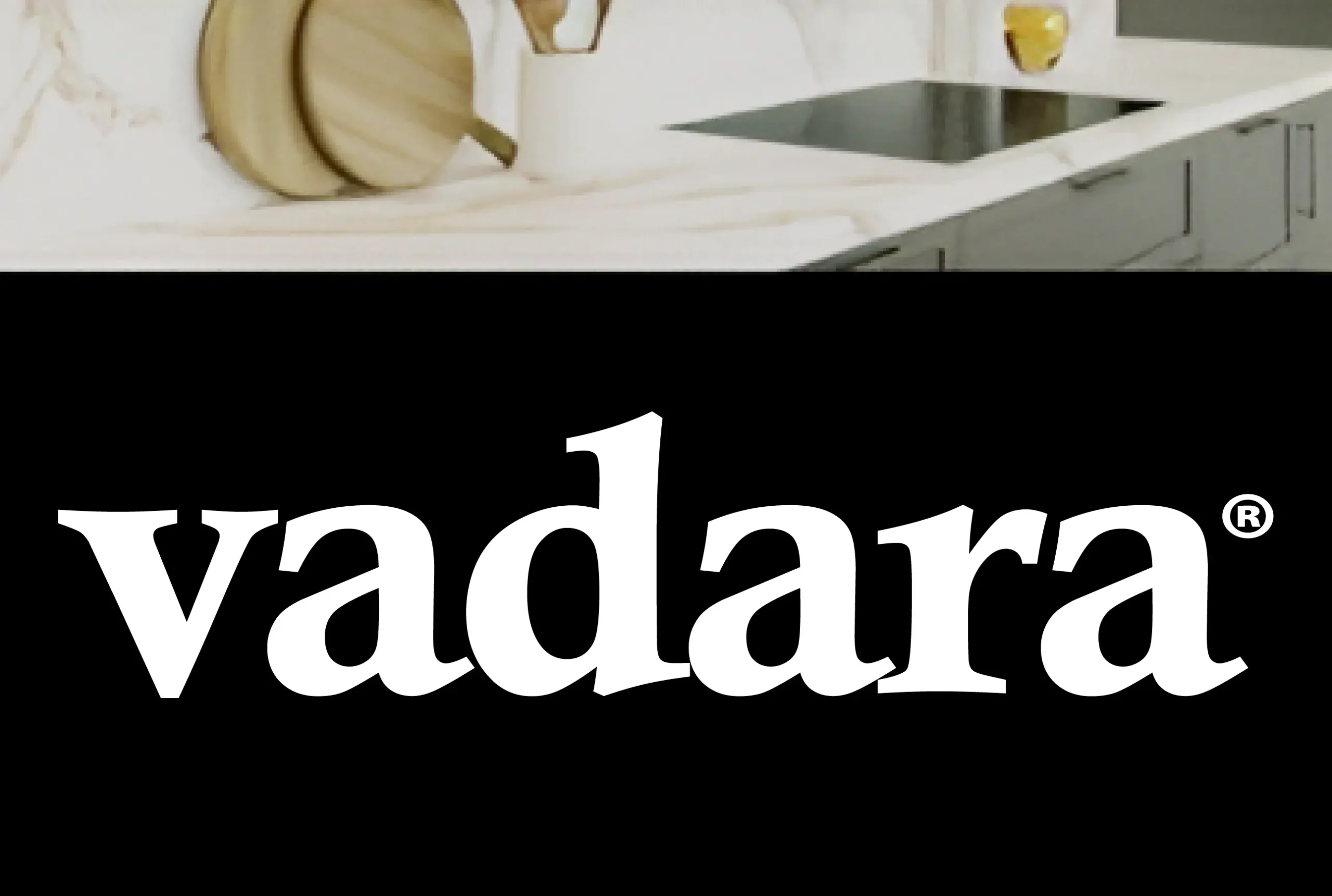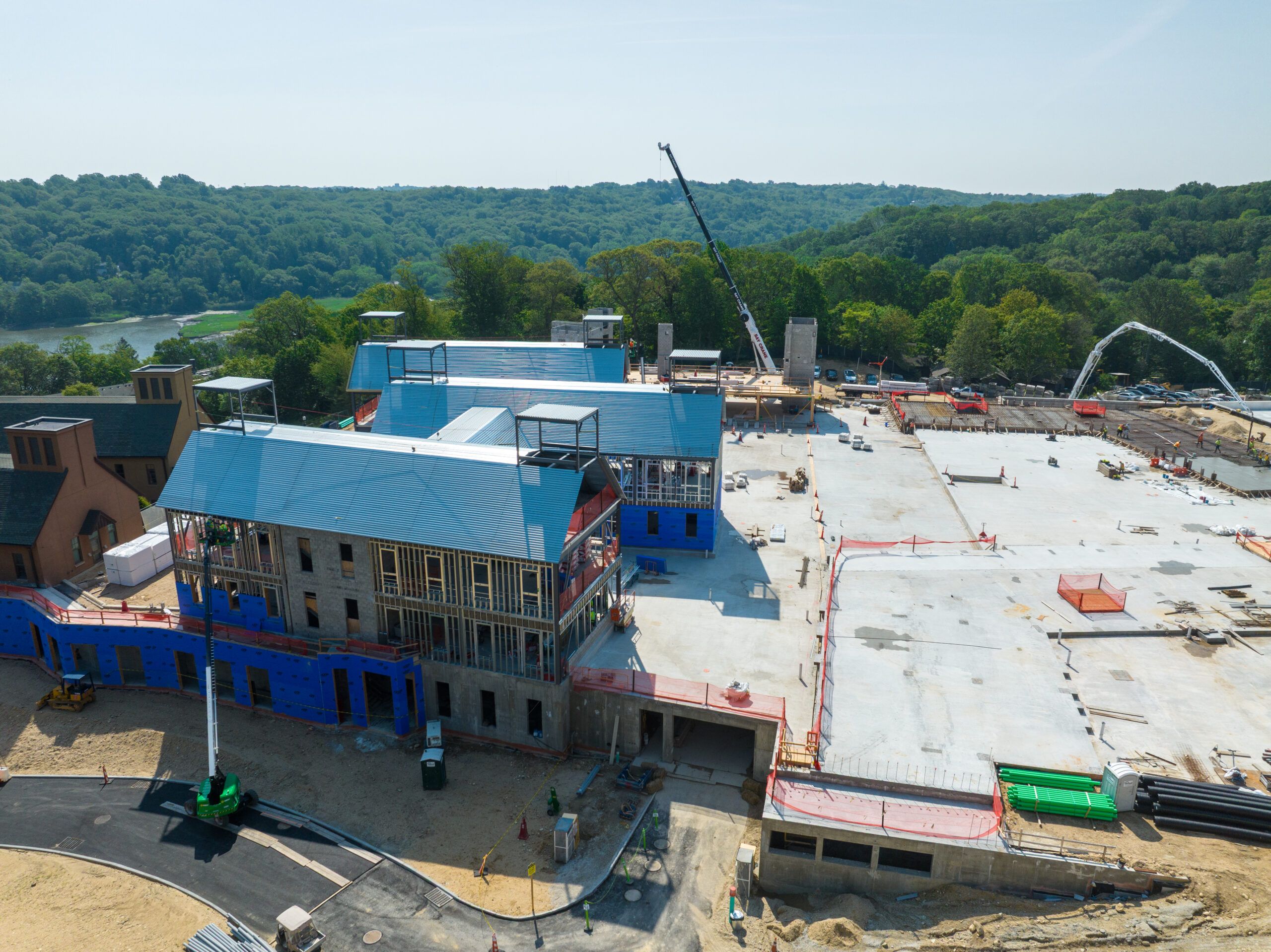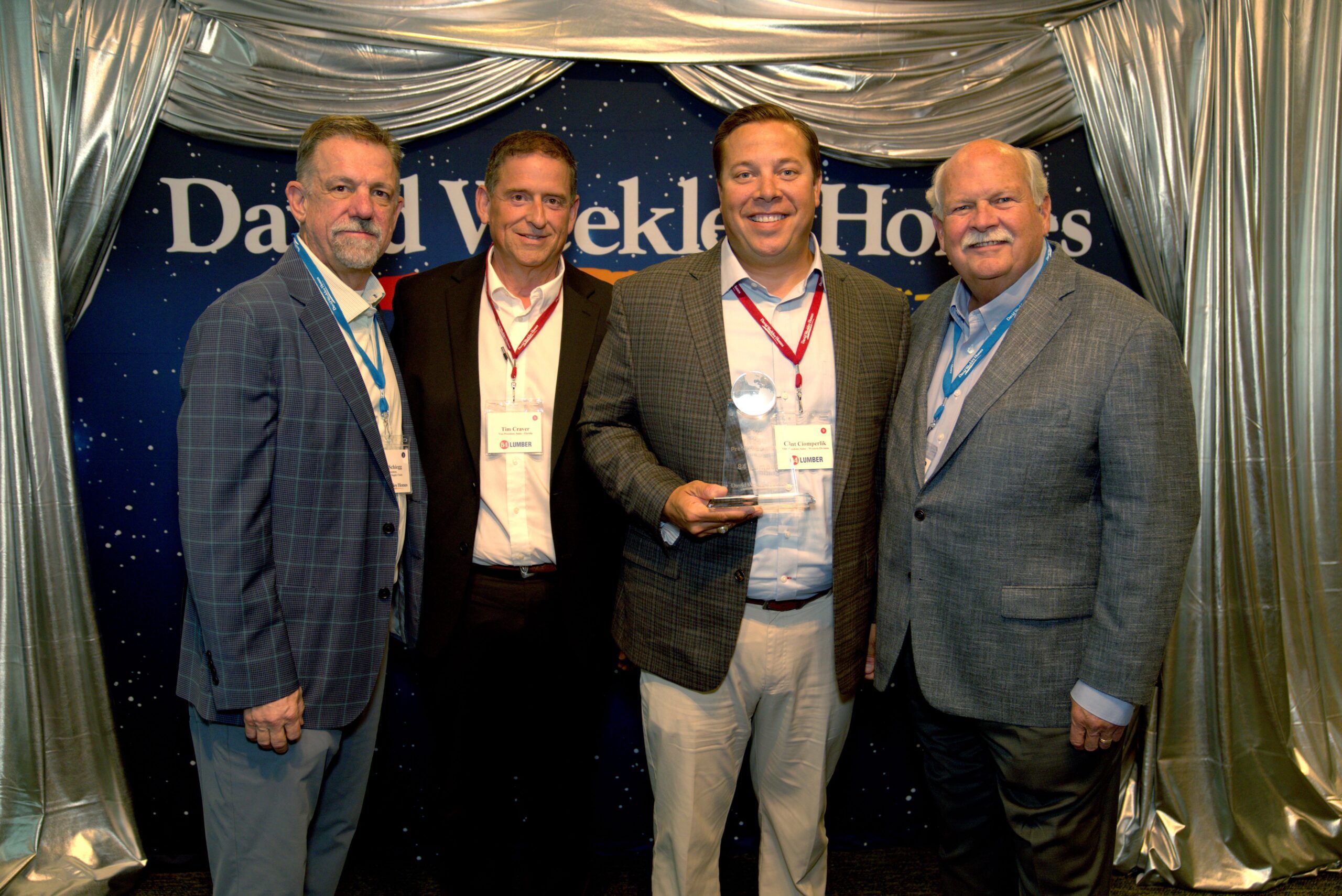In commercial construction, roofing decisions are made with long-term performance, structural integrity, and cost efficiency in mind. Yet, one of the most persistent and underestimated threats to commercial rooftops remains pest birds. Whether it’s a newly constructed facility or a large-scale renovation, failing to plan for bird control can result in recurring maintenance issues, equipment failure, and safety hazard costs that add up quickly and quietly.
Today’s commercial property owners, developers, and contractors are tasked with designing buildings that are sustainable, compliant, and built to last. A comprehensive bird control strategy is an essential but often missing part of that equation.
Birds and Roofs: A Growing Concern in Commercial Construction
Birds are opportunistic. Flat rooftops with undisturbed spaces and easy access to food and shelter offer ideal nesting grounds, especially in urban environments. HVAC units, solar panels, vents, and other rooftop features provide perching and roosting sites for birds. In coastal areas or regions near landfills, commercial properties are especially vulnerable to seagulls, pigeons, and starlings, all of which are known for aggressive nesting and territorial behavior.
Without early intervention, these birds can become long-term occupants. Once established, they’re complicated and costly to remove, not to mention protected under various federal and state wildlife laws that restrict nest removal during certain times of the year. For commercial projects with strict deadlines, compliance obligations, or tenant expectations, this can lead to unexpected delays and liabilities.
The Real Cost of Ignoring Bird Pressure
Bird-related damage goes far beyond surface droppings. The long-term consequences can affect virtually every aspect of a building’s operation:
- Material Degradation: Bird droppings are acidic enough to corrode roofing membranes, flashing, and even solar glass surfaces. Over time, this weakens the protective layer of a roof and invites moisture infiltration.
- Drainage Obstruction: Nests and feathers clog roof drains, scuppers, and gutters, resulting in pooling water that accelerates membrane breakdown and increases the risk of leaks or collapse.
- Fire Hazards: In dry climates, nesting material near rooftop electrical units or solar inverters can pose a significant fire risk, particularly during peak heat seasons.
- Mechanical Disruption: Rooftop HVAC and ventilation systems are susceptible to bird entry or blockage, which can trigger sensor malfunctions or compromise air quality.
- Compliance & Sanitation: In regulated industries such as food service, logistics, and healthcare, bird droppings pose a biohazard that can lead to health violations or shutdowns.
When compounded across a portfolio of properties, these issues result in thousands of dollars in reactive maintenance each year, in addition to the reputational and operational costs associated with downtime or complaints.
Designing with Prevention in Mind
Including bird deterrents during the design and construction phases of a roofing project can help eliminate these problems before they occur. This approach integrates seamlessly with other protective measures such as fall protection, waterproofing, and solar installations.
A bird control partner can collaborate with roofing contractors and architects to:
- Assess likely pressure zones based on regional bird activity
- Recommend low-profile, architecturally discreet solutions
- Align with building aesthetics and LEED or green building requirements
- Ensure all systems are humane, legal, and effective
- Coordinate installation timelines alongside roofing crews to save time and cost
This kind of preemptive planning allows for structural supports, mounting brackets, and wiring pathways to be built into the design, thereby avoiding the need for retrofits or costly rework later on.
Proven Solutions for Commercial Roofs
Two of the most effective long-term deterrents for commercial rooftops are bird netting systems and seagull grid wire systems.
Bird Netting
Bird netting is a physical exclusion system that prevents access to designated areas. It’s commonly used to cover loading docks, mechanical zones, or under roof steelwork where birds might nest. The material is UV-stabilized, flame-retardant, and resistant to both wind and snow loading, making it ideal for industrial-strength applications.
Key benefits include:
- Nearly invisible from ground level
- Custom fit to structural dimensions
- Minimal maintenance with proper tensioning
- Lifespan of up to 10 years
Seagull Grid Wire Systems
This system is particularly effective on flat roofs, parapet walls, and around rooftop solar fields. A network of tensioned stainless steel wires discourages birds from landing by disrupting their flight path. These systems are unobtrusive, durable, and require no power source, making them a smart choice for green building projects.
Grid systems are highly effective in locations with consistent seagull or pigeon pressure such as near coastlines, waste centers, or large commercial hubs.
Added Value for Commercial Contractors and Building Owners
By including bird control as a line item in the construction or renovation process, contractors can offer their clients more than just a roof; they offer peace of mind.
For general contractors, it can mean:
- Fewer callbacks and warranty claims
- Improved client satisfaction and project durability
- Differentiation from competitors who don’t offer this foresight
For facility managers and property developers, it can mean:
- Lower long-term maintenance costs
- Fewer service interruptions or liability risks
- Enhanced asset value and lifespan
In some cases, insurance providers may even look favorably on properties with proactive pest management, especially in sensitive or high-risk industries.
Timing Matters: Don’t Wait for Infestation
Once birds begin nesting on a roof, removal becomes a regulatory issue. Under the Migratory Bird Treaty Act and local wildlife laws, it is illegal to disturb active nests of protected species without obtaining the necessary permits. In practice, this can mean months of delays or missed construction deadlines if nests are discovered mid-project.
That’s why early consultation with a bird control expert is key. Addressing bird pressure before it escalates prevents compliance headaches and allows for smoother project execution overall.
Bird Control Is Building Protection
In an industry where margin, maintenance, and risk management are constant concerns, bird control might seem like a minor consideration. But overlooking it can undermine the integrity of even the best built commercial roof. Planning for bird deterrents from the outset is not just practical, it’s a professional standard that reflects care, foresight, and respect for the full lifecycle of the building.
Don’t Let Birds Undermine Your Next Roofing Project
The best time to plan for bird control is before the problem starts. Whether you’re managing a new build, overseeing a major renovation, or preparing to install rooftop equipment like solar panels or HVAC units, integrating bird deterrents early can save thousands in future repairs and delays.
At AviAway, we work directly with contractors, architects, and facility managers to design custom bird control solutions that protect your investment and keep your project on track.
Let’s start the conversation before birds take over your roof. Click here to visit our site to learn more Or Call us today at 844-247-3373 to schedule a consultation with one of our bird control specialists.
We’ll review your site plans, assess potential risk factors, and recommend a long-term solution tailored to your project.
Protect your roof. Safeguard your assets. Build smarter with AviAway.











